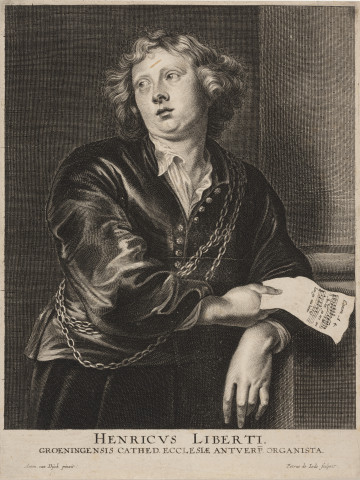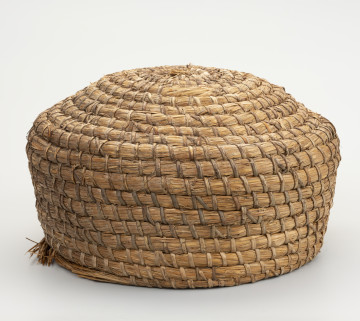
Postage scale
1901 — 1945
National Museum in Szczecin
Part of the collection: Material culture of West Pomerania
A bushel (in Poland known as korzec) is a round container made of bark, used to measure loose goods, especially cereals. In order for a bushel to be released into the market first, it had to be legalised by a local office of measures and weights. The legalisation was confirmed by a sign burned with a special stamp on the container’s wall, it was a guarantee of its accuracy. Every bushel had to be systematically checked - in Pomerania the legalisation period was 2-3 years. In practice, especially in the country, people would often use bushels without legalisation, which resulted in discrepancies from the reference volume. The bushels had a substantial capacity that differed from region to region. Smaller containers, such as half-bushels and litre measures (1, 2, 5, and 10 litres) were also produced. Guild scales rarely reached the Pomeranian villages, which is why bushels were important and widely used. They were used not only to measure the grain for sale but also for sowing, neighbourhood loans and earlier also for serfdom payments. The secrets of bushel-making were passed on from generation to generation by word of mouth. Particular diligence was exercised in making master bushels, which were used as a reference for making other measuring equipment. Every village had its own master bushel. The bushel on display comes from the first half of the 19th century. It was made from oak bark. The measure has an iron fitting that runs around the top edge and encircles the bottom. It reinforces the structure of the container but also protects against attempts to modify its volume. The top hoop of the bushel is held with a rod, so-called strychulec which indicated the level to which the container had to be filled with the grain. The bushel has handles, which was typical for large measuring containers. It has guild marks in the form of an emblem with the Prussian eagle, the mark of office, the date 1816 and the years of validation (the final digits of a given year).
Agnieszka Słowińska
Author / creator
Dimensions
cały obiekt: height: 22,2 cm
Creation time / dating
Creation / finding place
Identification number
Location / status

1901 — 1945
National Museum in Szczecin

circa 1632
National Museum in Szczecin

1965
National Museum in Szczecin
DISCOVER this TOPIC
National Museum in Lublin
DISCOVER this PATH
Educational path